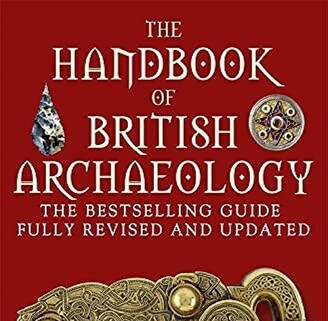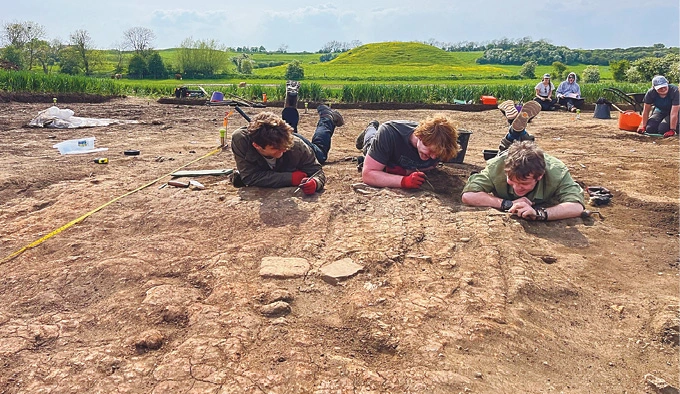The University of York’s Department of Archaeology has uncovered a large timber hall in Skipsea, dating to the early medieval period, among other finds of ‘national significance’.
Measuring 6m wide and 16m long, the hall is a rare find, thought to predate the nearby Norman castle. Around the time the hall was constructed, the area is known to have been in the hands of Harold Godwinson, and later the Lords of Holderness. Its considerable size, marked out by post-holes, suggests a wealthy owner: the building was perhaps used to host celebrations and feasts, or may have welcomed visiting dignitaries.
Other structures found on the site are earlier and smaller, and Dr Jim Leary, from the University of York’s Department of Archaeology, believes that they can be linked to early medieval craft-working. Among the associated finds were metalworking debris and whetstones, as well as a spindle whorl, which would indicate that textile-manufacturing was happening in the area. A partly worked jet or jet-like pendant is also evidence of early industry taking place on the site. ‘We’ll need to get the post-excavation analysis under way, and especially 14C dating, to really untangle what is associated with what,’ Dr Leary said.
…
However, the archaeology being uncovered at Skipsea is not limited to the medieval period: prehistoric objects were discovered by a water channel, including two ceramic bowls and a large quantity of deer and cattle bones, which illustrates the long archaeological chronology of Skipsea’s landscape. The early history of the site was first noted by Dr Leary and Dr Elaine Jamieson, when they discovered that what was originally thought to be the motte of the Norman castle was, in fact, a reused Iron Age mound (see CA 337).


